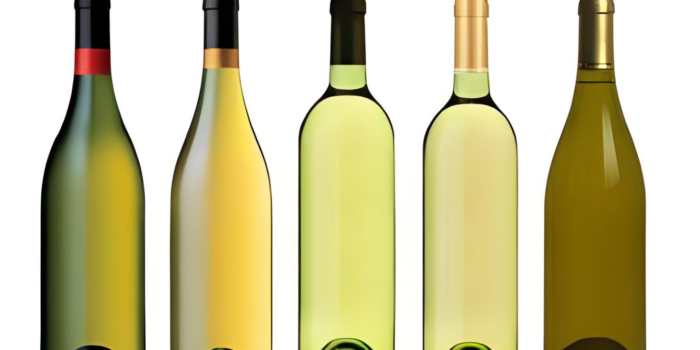
Wine Bottle Sizes Guide: Choosing the Perfect Bottle for Your Needs
Wine Bottle Sizes Guide: Choosing the Perfect Bottle for Your NeedsWine is a beverage enjoyed around the world for its flavors, aromas, and cultural significance. One aspect that often goes unnoticed by consumers is the variety of sizes in which wine is bottled. In this blog post, we will explore the different wine bottle sizes, their historical significance, and how bottle sizes can impact the aging and serving of wine.
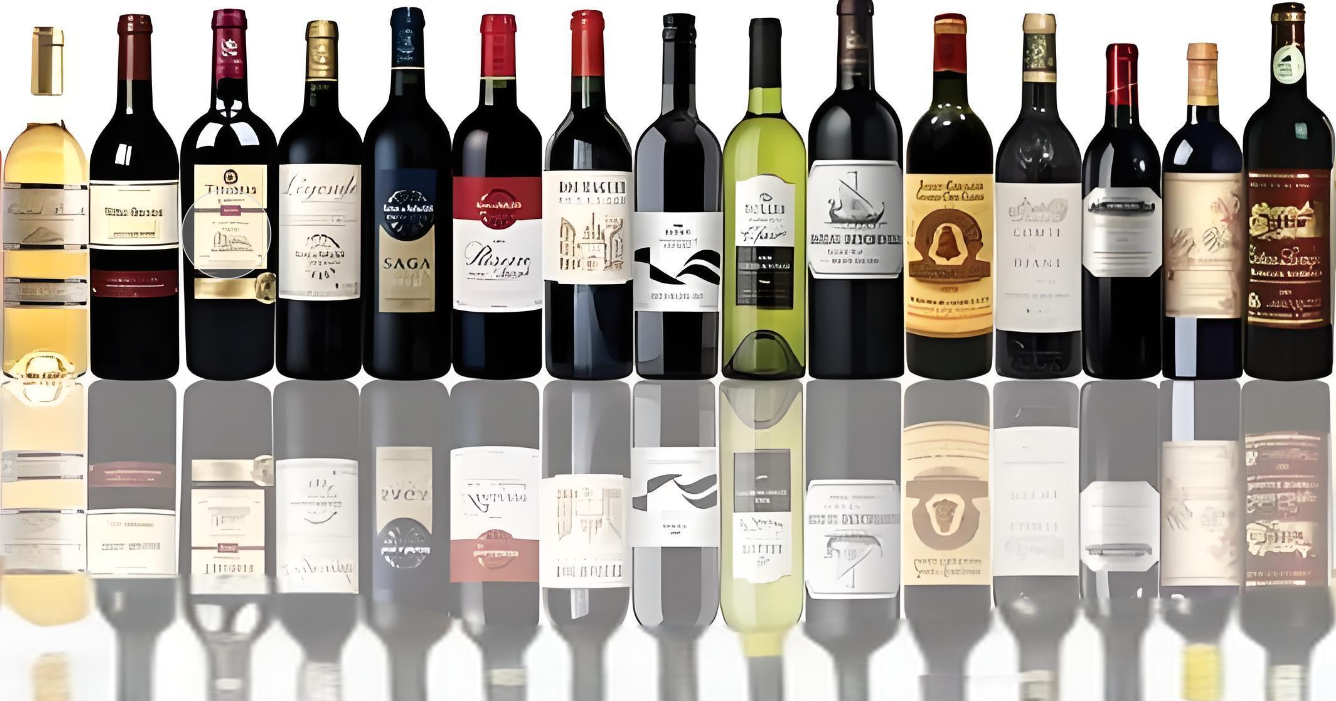
Standard Wine Bottle Sizes:
- Split (187.5ml): The smallest wine bottle size, equivalent to a quarter of a standard bottle. Often used for single servings or samplers.
- Half-Bottle (375ml): Half the size of a standard bottle, perfect for solo drinkers or when sharing a glass with someone.
- Standard Bottle (750ml): The most common size found on store shelves and in restaurants, containing approximately 25.4 ounces of wine.
- Magnum (1.5L): Equal to two standard bottles, a magnum is often used for special occasions and celebrations.
- Jeroboam (3L): Equivalent to four standard bottles, this size is popular for larger gatherings and events.
- Methuselah (6L): Holds the equivalent of eight standard bottles, a Methuselah is typically used for grand celebrations and aging fine wines.
- Salmanazar (9L): Equal to twelve standard bottles, this size is a showstopper and often reserved for very special occasions.
- Nebuchadnezzar (15L): The largest standard bottle size, holding twenty standard bottles, and usually reserved for extremely grand events or as a collector’s item.
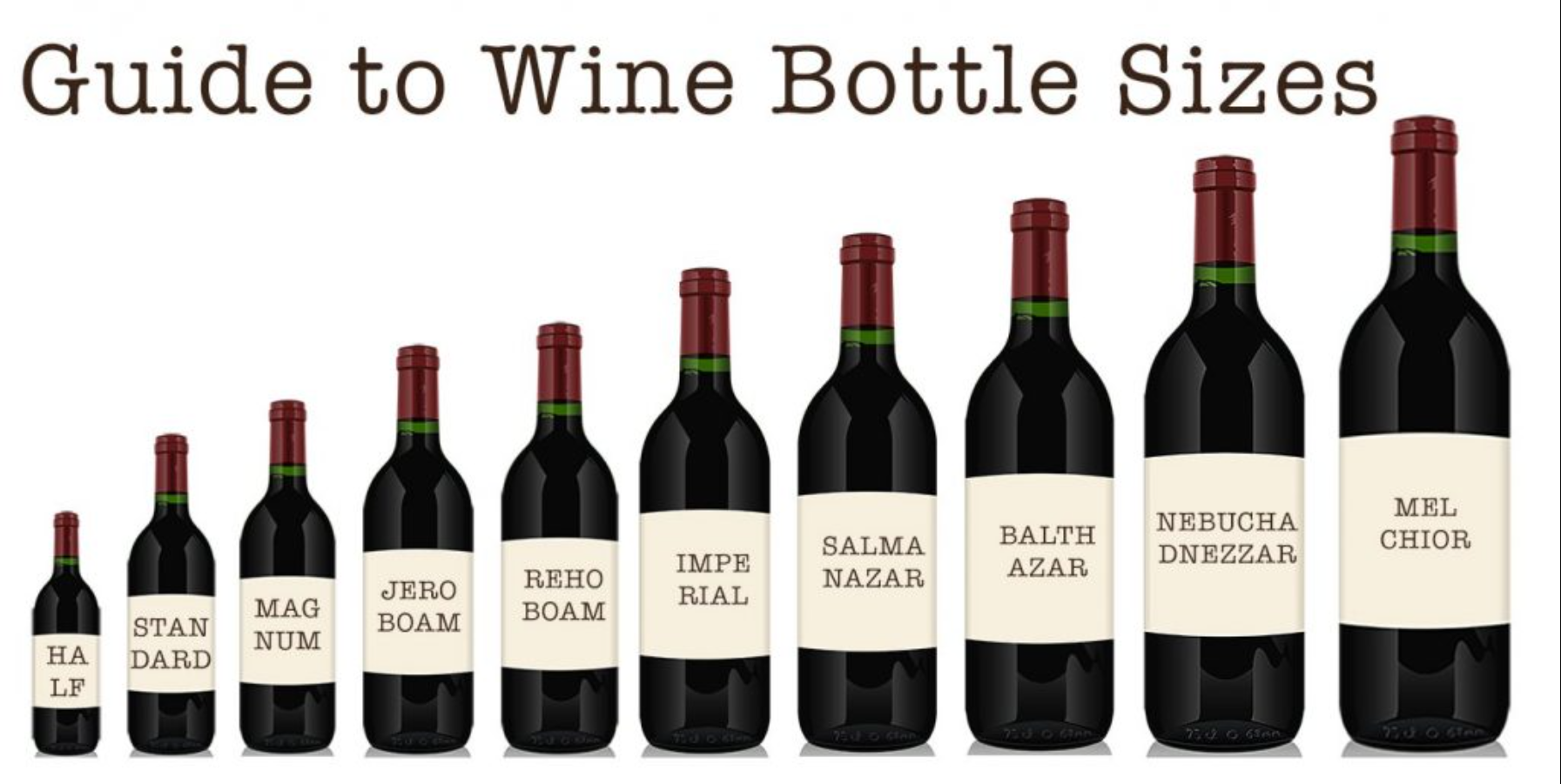
Historical Significance:
Historically, wine bottle sizes were influenced by tradition, practicality, and the needs of the wine industry. Larger bottle sizes were often associated with prestige and luxury, while smaller sizes catered to convenience and individual servings. The names of these large-format bottles often have biblical or historical origins, adding to their allure and mystique.
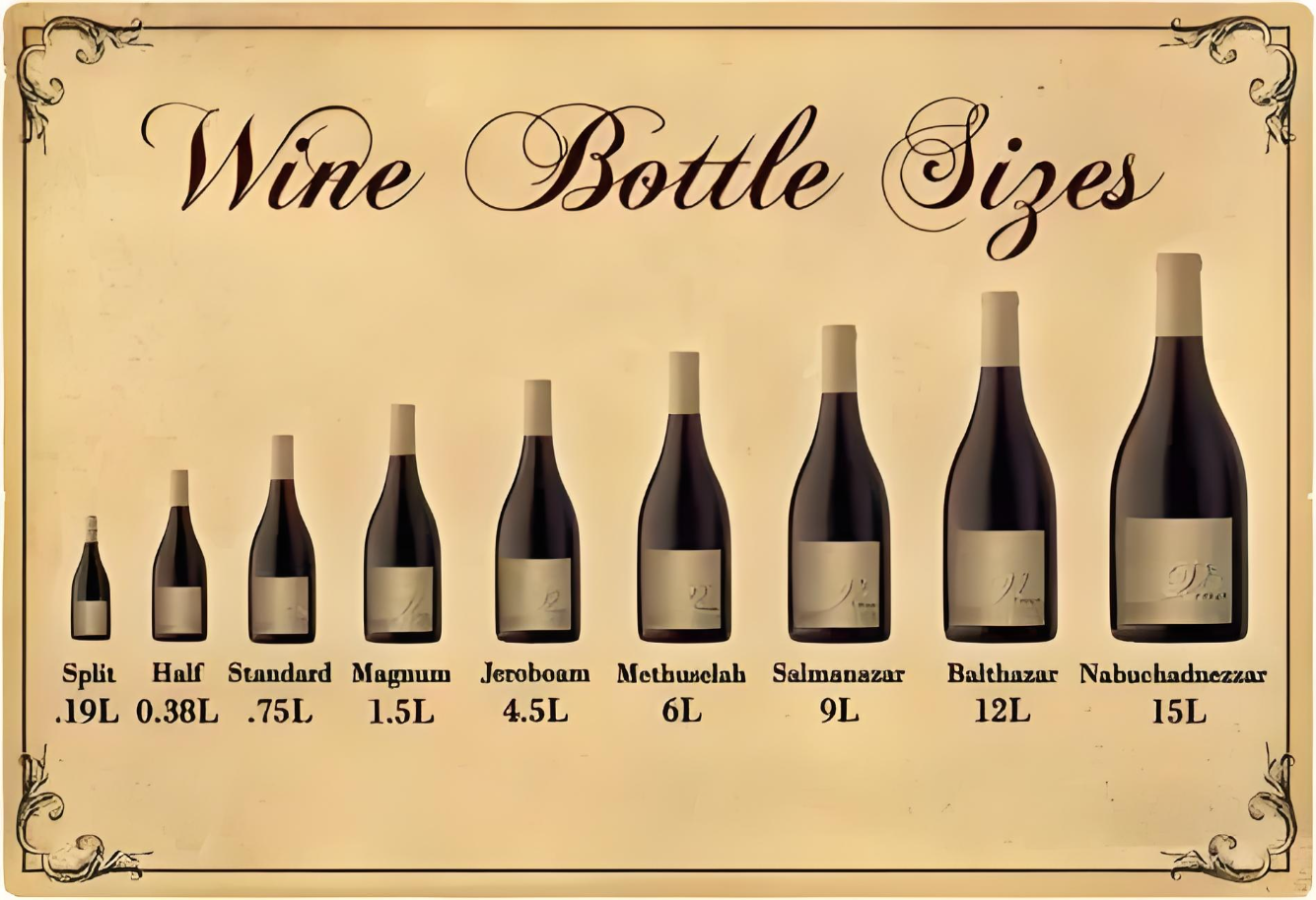
Impact on Wine Aging and Serving:
The size of a wine bottle can affect how wine ages due to the ratio of wine to oxygen exposure. Larger bottles, such as magnums and beyond, have less surface area relative to volume, allowing wine to age more slowly and evenly. This can result in wines that develop more complex flavors and aromas over time. Additionally, serving wine from larger bottles can make a dramatic presentation and add a sense of festivity to a gathering.
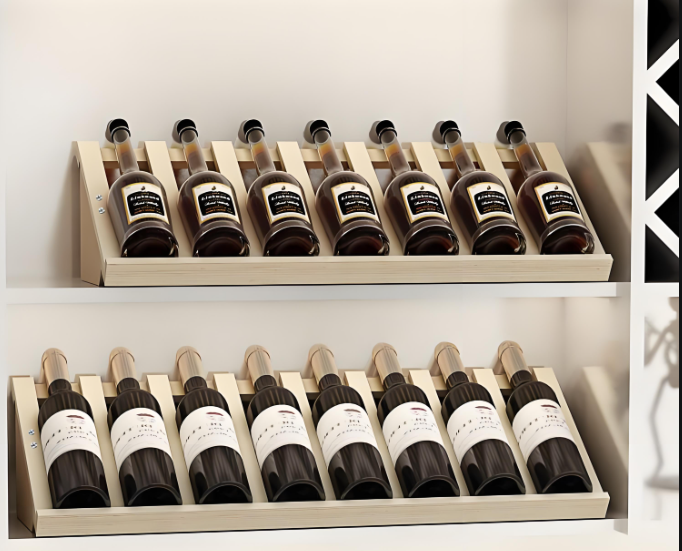
Practical Considerations:
When purchasing wine in different bottle sizes, consumers should consider factors such as storage space, serving occasions, and aging potential. Smaller bottles are ideal for solo drinkers or casual consumption, while larger bottles can be great for sharing with friends and aging fine wines for special occasions. Understanding the impact of bottle size on wine quality and presentation can enhance the overall enjoyment of the wine-drinking experience.
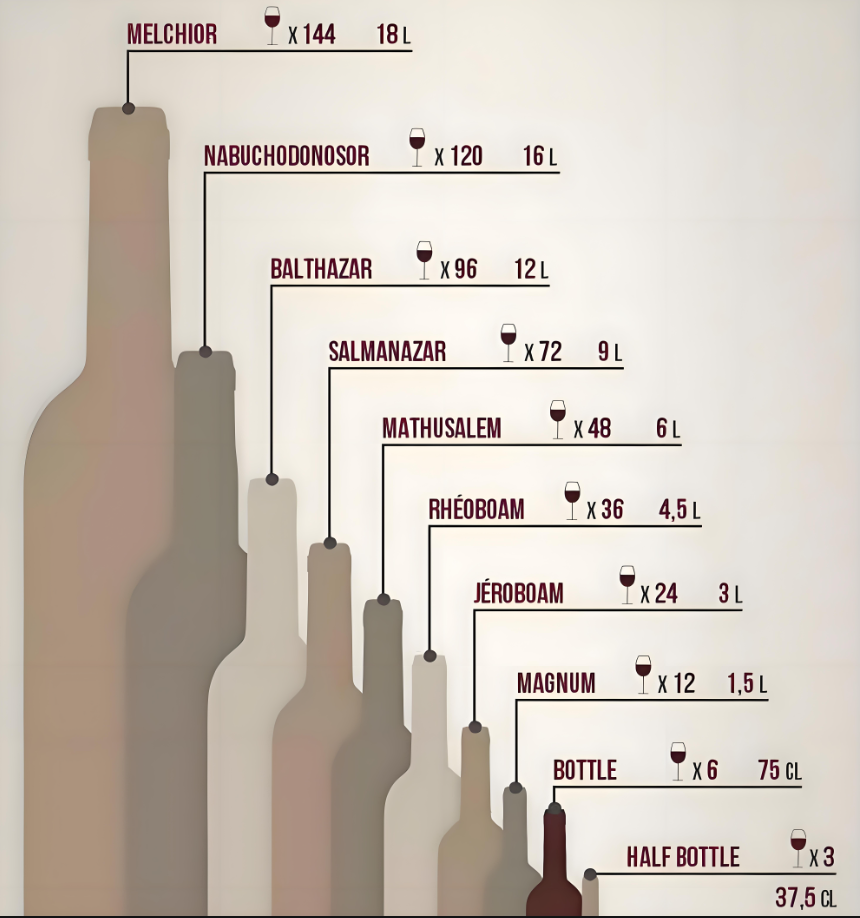
Conclusion:
The diverse range of wine bottle sizes offers consumers a variety of options to suit their preferences and occasions. From small splits for individual servings to grand Nebuchadnezzars for special celebrations, each bottle size carries its own charm and significance. By understanding the historical context, practical implications, and impact on wine aging and serving, wine enthusiasts can appreciate the artistry and craftsmanship that goes into packaging wines of different sizes.



This Post Has 0 Comments